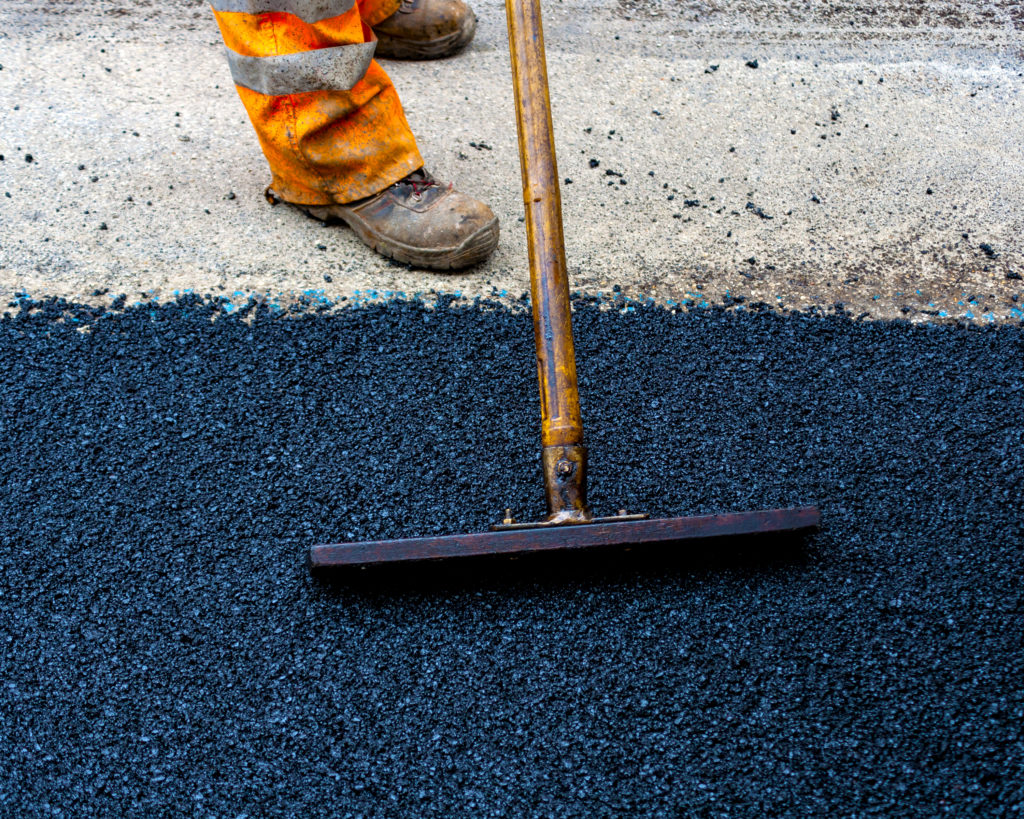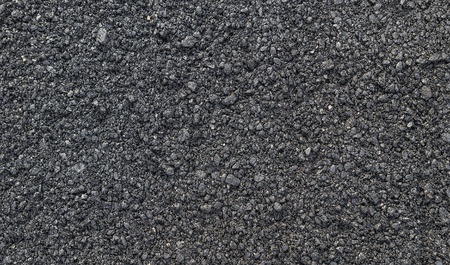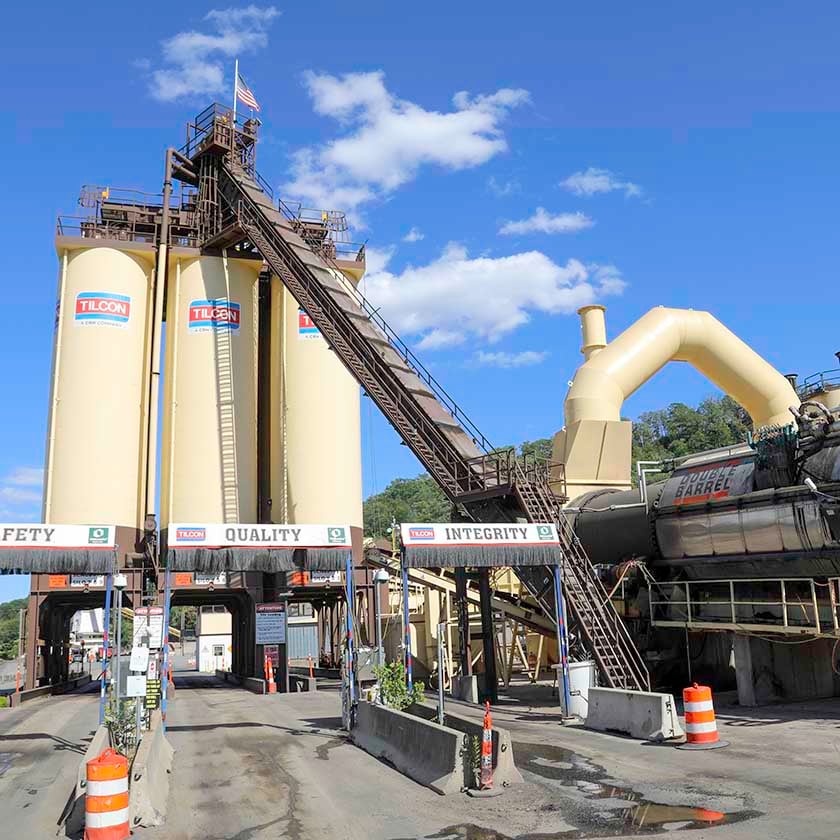Change Your Home's Landscape with Hot Mix Asphalt Paving Excellence
Change Your Home's Landscape with Hot Mix Asphalt Paving Excellence
Blog Article
Unlocking the Keys of Hot Mix Asphalt Innovation
Discovering the depths of hot mix asphalt modern technology reveals a world where meticulous procedures and specific formulas merge to shape our roads and framework. The combination of binders, aggregates, and fillers isn't merely a building job but a critical orchestration of resilience and performance.
Significance of Hot Mix Asphalt
Warm Mix Asphalt plays a critical duty in contemporary infrastructure development as a result of its toughness and cost-effectiveness. As the most frequently used paving product for roadways, freeways, and car park, Hot Mix Asphalt supplies a variety of benefits that add to its importance in construction jobs. One essential benefit is its capability to stand up to hefty web traffic tons and harsh weather, offering a durable and trustworthy surface area for transport networks. Additionally, Warm Mix Asphalt is cost-effective in both first building and long-lasting upkeep, making it a preferred option for lots of facilities tasks.
The longevity of Hot Mix Asphalt stems from its composition, which consists of accumulations, binder, and filler materials that are carefully selected and mixed to meet particular performance requirements. On the whole, the value of Hot Mix Asphalt in framework advancement can not be underrated, as it continues to be a cornerstone of contemporary construction practices.
Parts of Asphalt Mixes
The make-up of asphalt mixes contains meticulously picked accumulations, binder, and filler products that are vital for attaining details performance demands. Accumulations are the main element of asphalt blends, offering strength and stability. These aggregates can be all-natural, such as gravel or smashed rock, or artificial, like recycled materials from old sidewalks. The binder, generally asphalt or asphalt concrete, holds the accumulations together and gives flexibility and sturdiness to the mix. The choice of the binder is essential as it straight influences the mix's efficiency in different climate condition. Fillers, such as hydrated lime or Rose city concrete, are utilized to enhance the mix's workability and aging resistance. Angled Parking.
The mix and proportion of these parts play a substantial duty in determining the high quality and performance of the asphalt mix. Designers thoroughly make the mix to fulfill certain needs, thinking about aspects like website traffic volume, environment problems, and sidewalk life-span. Appropriate choice and harmonizing of accumulations, binder, and fillers are important for developing durable, durable asphalt pavements.
Mixing and Manufacturing Techniques

As soon as the aggregates are selected, the binder, commonly asphalt concrete, is contributed to bind the products with each other. The binder's quality and amount significantly impact the mix's flexibility, strength, and resistance to ecological aspects. Additionally, fillers like moisturized lime or Rose city cement may be integrated to boost specific features of the asphalt mix, such as its workability or dampness resistance.
Throughout production, the aggregates and binder are heated up, normally between 250-325 ° F(121-163 ° C ), to facilitate mixing and make certain appropriate layer of the accumulations. The mixing process needs to be comprehensive to accomplish a homogeneous mix that advertises the preferred performance features of the asphalt. Various techniques, such as set blending or drum blending, are employed to attain top notch and consistent asphalt mixes for building projects.
Variables Influencing Asphalt Efficiency
Variables influencing asphalt performance encompass an array of variables that influence the resilience, durability, and total top quality of asphalt pavements. One essential aspect is the top quality of products made use of in the asphalt mix.

Layout considerations, such as pavement density and drainage, are vital in guaranteeing the lasting performance of the asphalt pavement. By carefully considering these contractors, aspects and engineers can enhance asphalt efficiency and enhance the solution life of pavements.
Sustainable Practices in Asphalt Innovation

Furthermore, the development of warm-mix asphalt (WMA) technologies has actually gotten grip recently. WMA permits for the production and placement of asphalt mixes at lower temperatures contrasted to traditional hot-mix asphalt, leading to lowered power usage and greenhouse gas exhausts. In addition, using permeable asphalt mixes can aid mitigate stormwater commercial parking lot paving overflow problems by permitting water to infiltrate through the pavement and right into the ground, advertising all-natural water filtering and recharge processes. By implementing these lasting practices, the asphalt industry can add to developing a much more environmentally pleasant and resilient facilities network.
Verdict
Finally, warm mix asphalt innovation plays a critical function in contemporary framework development because of its sturdiness and cost-effectiveness. By meticulously stabilizing components, utilizing correct blending techniques, and taking into consideration numerous elements, engineers can create high-grade asphalt blends that hold up against rush hour tons and harsh climate condition. Accepting lasting methods, such as using recycled materials and warm-mix technologies, further boosts the ecological friendliness of asphalt technology.
Mixing and manufacturing methods in warm mix asphalt technology include the exact mix and handling of accumulations, binder, and fillers to develop a durable and high-performance asphalt mix.Variables influencing asphalt performance incorporate a variety of variables that influence the resilience, longevity, and general high quality of asphalt sidewalks. Sustainable techniques in asphalt technology incorporate different efforts intended at lowering the ecological influence of asphalt manufacturing and paving processes. By including redeemed asphalt pavement (RAP) and recycled asphalt tiles (RAS) into new asphalt mixes, the market can dramatically minimize the intake of raw products and power, while also decreasing land fill waste.
WMA allows for the production and placement of asphalt mixes at reduced temperatures contrasted to standard hot-mix asphalt, resulting in reduced energy usage and greenhouse gas discharges.
Report this page